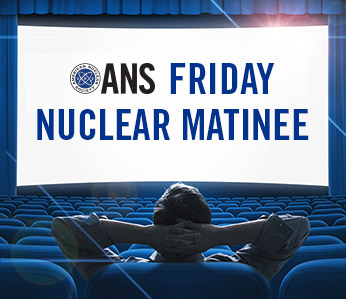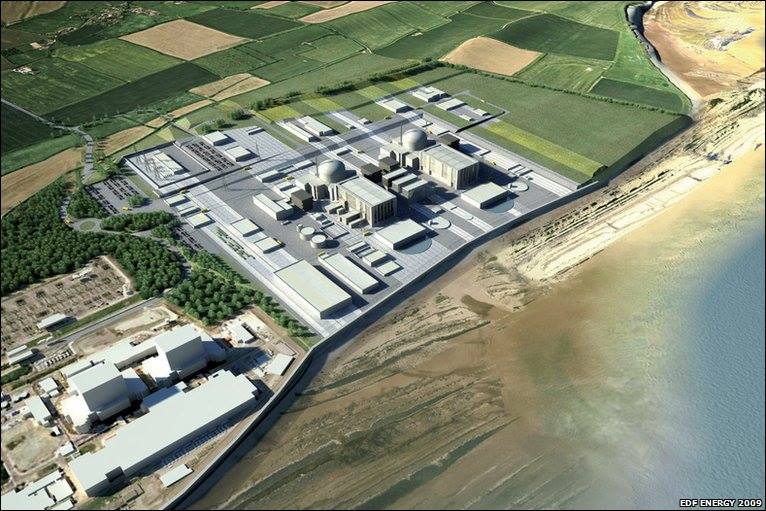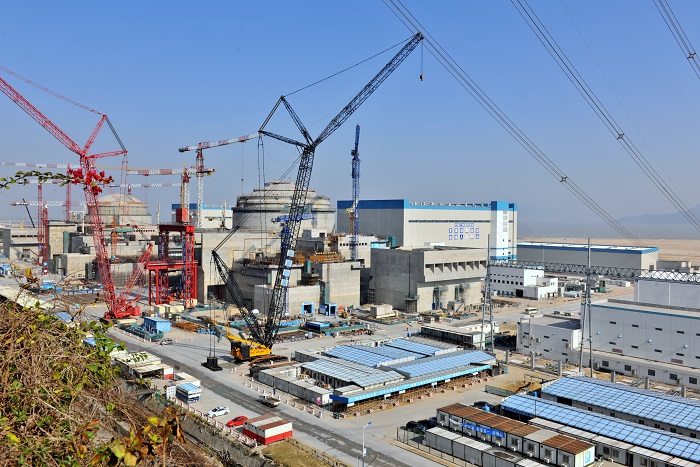Nuclear Energy Blog Carnival 285- The Paris Edition
 The 287th edition of the Nuclear Energy Blog Carnival has posted at Yes Vermont Yankee.
The 287th edition of the Nuclear Energy Blog Carnival has posted at Yes Vermont Yankee.

 The 287th edition of the Nuclear Energy Blog Carnival has posted at Yes Vermont Yankee.
The 287th edition of the Nuclear Energy Blog Carnival has posted at Yes Vermont Yankee.
While the delegates discussing the actual COP agreement are sequestered in a building not accessible to others, there is important work going on elsewhere in Paris when it comes to nuclear energy advocacy. Even if the political solutions don't work here, there is no reason the technical solutions can't continue full steam ahead to produce clean energy for all who want and need it.

This week's Friday Nuclear Matinee is a video from Argonne National Laboratory marking the anniversary of the December 2, 1942, startup of the world's first "atomic chain reacting pile," or the first nuclear reactor constructed and operated anywhere by man.
By T. Marshall
American Nuclear Society President Eugene S. Grecheck and Director of Communications and Outreach Tari Marshall will be in Paris on December 2-9 as observer delegates and to represent one of the lead organizations for Nuclear for Climate. "It is critical that nuclear energy be front and center so that delegates understand the essential role that nuclear will play in reaching climate goals," Grecheck said.
If you were unable to be at the Opening Plenary of the ANS Winter Meeting in Washington, D.C., you missed the honoring of two pivotal leaders in nonproliferation efforts: former Secretary of State George Shultz and Dr. Sidney Drell. Both gentlemen were awarded the first Dwight D. Eisenhower Award by the Nuclear Nonproliferation Policy Division of the American Nuclear Society. Susan Eisenhower, granddaughter of President Eisenhower, presented the awards.
The economic struggles of FitzPatrick and other small nuclear plants are due to several problems with electricity markets, government policies and regulations that need to be addressed. These discussed below.
The following was originally published in the November Nuclear News.
Entergy Corporation just announced that it would close the FitzPatrick nuclear plant in upstate New York. This follows the recent closure announcement for the Pilgrim nuclear plant in Massachusetts, as well as the closures of other small, single-unit plants like Vermont Yankee and Kewaunee.
ANS Vice President and President-Elect Andrew Klein discusses the issues for state regulators to consider on nuclear as they craft their Clean Power Plan compliance mechanisms, as well as COP21 next month in Paris, France.
Written by Will Davis on location at the ANS 2015 Winter Meeting

Hinkley Point C preconstruction artwork; courtesy EDF
Written on location at the ANS 2015 Winter Meeting by Will Davis

Taishan EPR under construction; courtesy CGN
•Written on location at the ANS Winter Meeting by Will Davis
It seems so. Recent studies on the biological effects of radiation carried out under radiation levels from natural background to essentially zero radiation, demonstrate that the absence of radiation is not good for organisms (Castillo et al., 2015).
Advanced nuclear reactors will use new types of fuel. To ensure such systems are safe, experimental fuel samples must be fabricated and tested in safe research environments such as those at Idaho National Laboratory.
Although there have been dozens of unique nuclear reactors and nuclear power plants built and operated in the United States, it is perhaps true that the "most unique" of these in many ways was a nuclear power plant that, in a real sense, did not itself actually incorporate a nuclear reactor. This plant was built and operated by the Washington Public Power Supply System, and was known as Hanford One. The story behind it, and the unique reactor that provided steam for it, is at once complicated and fascinating.
 The 285th edition of the Nuclear Energy Blog Carnival has posted at Yes Vermont Yankee
The 285th edition of the Nuclear Energy Blog Carnival has posted at Yes Vermont Yankee
For over a decade, I have been attending American Nuclear Society (ANS) National and Topical meetings both as a student and a young professional. These meetings hold a very special place in my heart and give me the opportunity to participate in a professional and technical venue most closely aligned with my career and goals. However, I am often asked, "What value is there in attending the ANS meetings, and why do you go?" The answer to that question can sometimes be difficult to supply, solely because of the over-abundance of reasons for and value I gain from attending. The short answer is, "I attend because I am a nuclear professional and an advocate for our industry and all nuclear professionals should attend." But the true answer goes deeper than that.